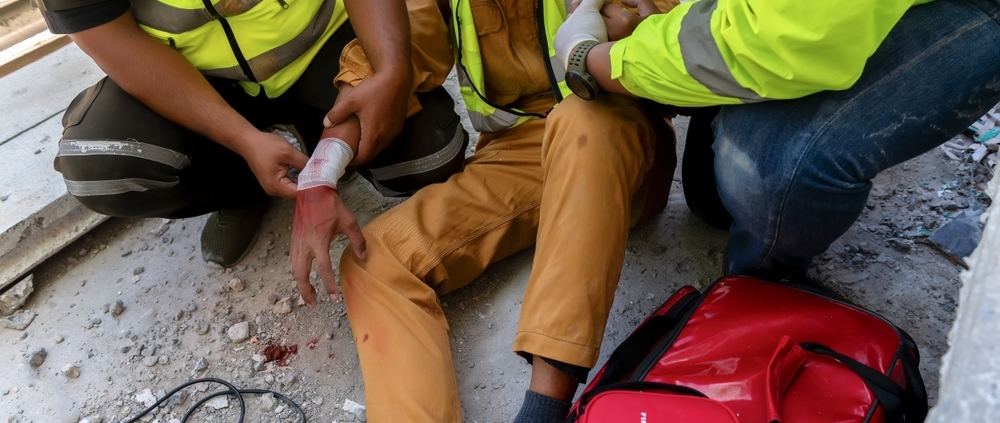Construction Site Personal Injury Litigation under New York Labor Law §§ 200, 240(1), and 241(6): 2025 Analysis
I. Introduction
Construction sites remain among the most hazardous workplaces in New York. To protect workers from the inherent dangers of construction, demolition, and excavation work, the New York State Legislature enacted a triad of labor laws—Labor Law §§ 200, 240(1), and 241(6)—each designed to safeguard different aspects of worker safety.
Unlike general negligence claims, which require proof of fault, these statutes offer varying degrees of strict liability or heightened statutory duties. As a result, injured workers may recover even without traditional negligence, provided they fall within the statute’s protected class and can demonstrate a statutory violation that caused their injury.
This article provides an in-depth legal analysis of these provisions, highlights common pitfalls, and uses recent cases and examples (up to 2025) to illustrate when an injured construction worker may or may not proceed under these laws.
II. Overview of the Statutes
- Labor Law § 200 – Common Law Negligence Codified
Labor Law § 200 codifies an owner or general contractor’s duty to provide a reasonably safe workplace. It is essentially a restatement of the common law.
Key Elements:
– Applies to owners, contractors, and their agents who control the work or premises.
– Requires proof of negligence and actual or constructive notice of the dangerous condition.
– No strict liability — fault must be shown.
B. Labor Law § 240(1) – The “Scaffold Law”
Labor Law § 240(1) imposes absolute liability for gravity-related accidents when an employer fails to provide proper safety devices for workers involved in:
– Erection
– Demolition
– Repair
– Alteration
– Painting
– Cleaning of a building or structure
Key Points:
– Only applies to elevation-related hazards (e.g., falls from ladders, scaffolds, hoists).
– Strict liability: Comparative fault (e.g., worker negligence) is not a defense.
– Applies only to specific activities—not maintenance or routine inspection.
C. Labor Law § 241(6) – Industrial Code Violations
Labor Law § 241(6) mandates that all areas where construction, excavation, or demolition work is performed be conducted in a manner that provides reasonable and adequate protection and safety.
Unique Aspects:
– Requires violation of a specific and concrete provision of the Industrial Code (12 NYCRR Part 23).
– Liability is not absolute, but no requirement of actual control is necessary.
– Comparative fault is a viable defense.




Leave a Reply
Want to join the discussion?Feel free to contribute!